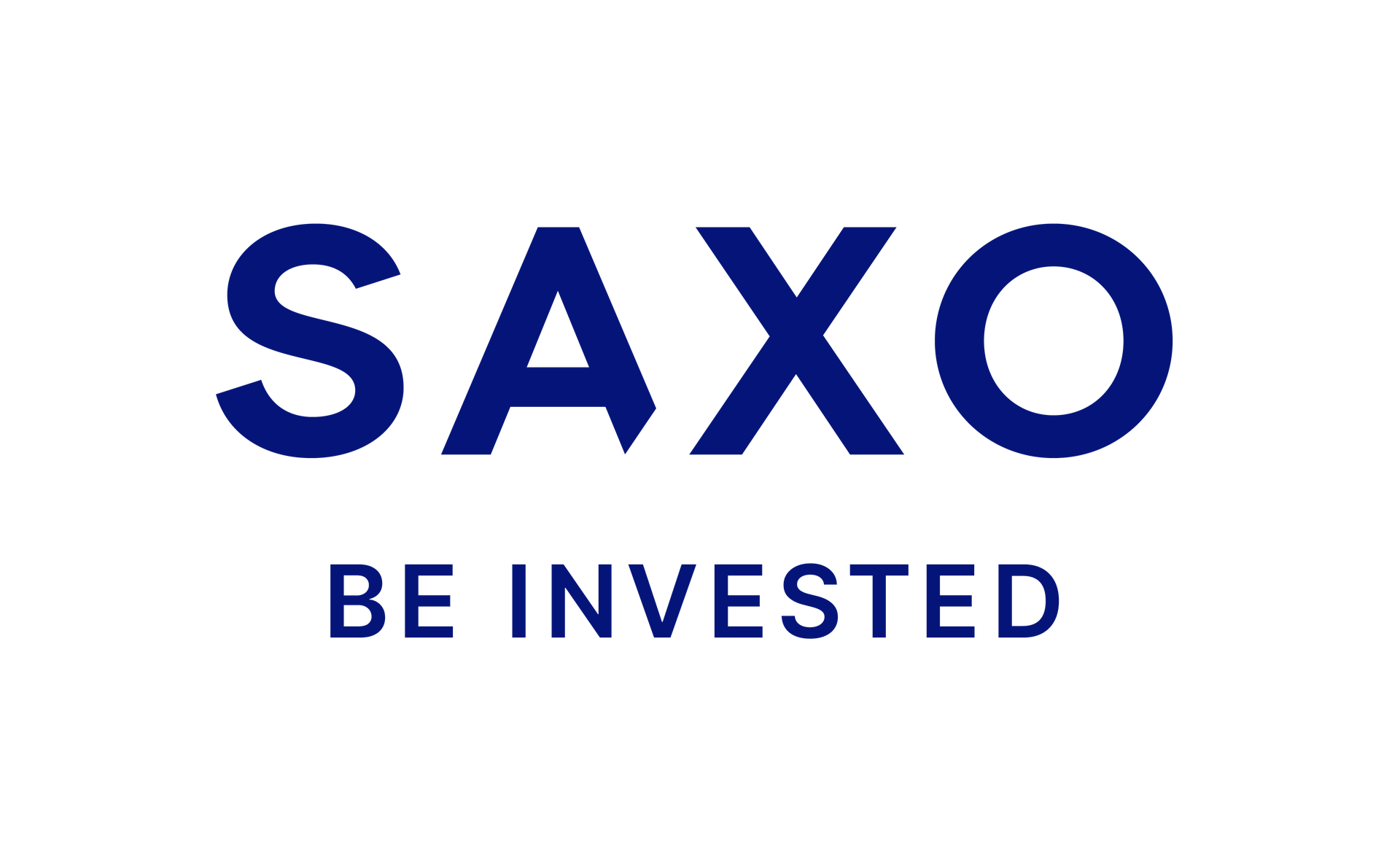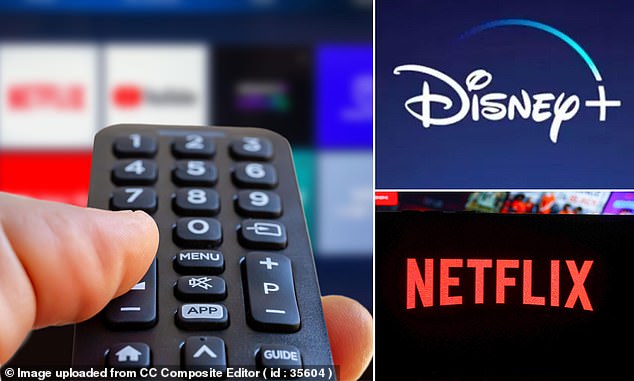Why must everything be subscription-based these days?
From entertainment, fitness, food and wine to beauty products and even underwear, it feels like the days of buying stuff when needed are over.
Instead, we all must sign up for monthly doorstep deliveries of goods and services that even the most fastidious of individuals will find impossible to track.
Perhaps that’s an exaggeration, but there is no denying that the subscription-based payment model has encroached into nearly every facet of everyday life.
According to Paul Larbey, chief executive of Bango, people generally admit to having between four and six subscriptions at any one time.

Bango’s research shows that 36 per cent of 5,000 individuals surveyed pay for a subscription that they never use
‘I suspect they actually have a lot more if they took the time to count them, but people admit to those,’ he said. ‘And it’s getting more and more complex to manage.’
Bango’s research shows that 36 per cent of 5,000 individuals surveyed pay for a subscription that they never use and 69 per cent want the ability to pay for multiple subscriptions in one monthly bill.
Enter Bango’s Digital Vending Machine.
Bango’s Digital Vending Machine (DVM) platform is designed to streamline this growing complexity of managing digital subscriptions.
DVM allows users to manage multiple subscriptions in one place, simplifying the process and helping them keep track of their spending.
It is a business-to-business piece of technology with a clear use case in the telecommunications sector, although financial services institutions also see the appeal in Bango’s products.
On the one side are the content providers- your Ubers, Netflixes and Amazon Primes, and on the other the resellers, your telcos and banks that bundle these subscriptions into products in order to win customers.
Bango sits in the middle, brokering connections between both sides and licensing its technology to resellers.
In Larbey’s words: ‘It sits at the heart of the increasing, growing number of services available for subscriptions on one side, and channels through which those subscriptions can be delivered on the other side.’
This bundling, or ‘super bundling’, as Larbey calls it, creates stickier customer relationships by offering unique content combinations and deeper discounts.
For companies, this helps reduce customer churn while adding value to their services.
This, says Larbey, creates a win-win situation for all involved: ‘The content providers are getting access to new customers. They’re getting higher LTV customers because video subscriptions sold through a channel are much stickier than those sold directly with a credit card.
‘The churn is much lower for the content provider and on the reseller side. They’re also benefiting by being able to differentiate their own first-party services with exciting third-party offerings that keep consumers in their environment longer, creating a very sticky relationship.
‘And clearly, if you’re buying four or five subscriptions from your telco partner, changing telco partners becomes more difficult. So it reduces churn.’
With very few overheads, Bango has a high-margin business at the gross level with DVM. Often north of 95 per cent, in fact.
The biggest challenge for Bango is to corral this top-line growth through to the bottom line.
Research and development costs are the greatest operating expense, leading to a £4million operating loss against £24million of revenue in the first half of 2024.
Operating losses are expected to fall as DVM adoption grows, and growing it is. Annual recurring revenue increased by 130 per cent in the first half of 2024 and by 77 per cent throughout 2023.
Despite the growth in 2023, Bango’s share price took a hit when results were published in January. Its acquisition of payments platform DOCOMO Digital came with higher-than-expected integration costs that overshadowed an otherwise robust year.
Bango added 33 new content providers to its DVM selection in 2023 and nine new resellers, followed by 13 new content providers (including Disney+) in the first half of 2024 and four new resellers, including a major Brazilian bank.
The latter underscores a key field of growth for Bango.
‘There’s a lot of similarities between telco and financial services,’ said Larbey. ‘They both have a commodity service that they’re trying to differentiate and they’re trying to differentiate it by putting third-party services, ie content, alongside it.
‘They both have a trusted relationship with the consumer. They can both bill the consumer, and they can market to that consumer. So in some ways, financial services look very much like telcos, which make them a great next phase for the bundling marketplace.’
Larbey added that there are additional opportunities for banks to use subscriptions to upsell premium banking accounts.
Ultimately, Bango’s DVM platform is useful to any service provider offering subscription bundles.
Do you want to be personally handling dozens of subscriptions at once? I surely don’t.
DIY INVESTING PLATFORMS

AJ Bell

AJ Bell
Easy investing and ready-made portfolios

Hargreaves Lansdown

Hargreaves Lansdown
Free fund dealing and investment ideas

interactive investor

interactive investor
Flat-fee investing from £4.99 per month

Saxo

Saxo
Get £200 back in trading fees
Trading 212
Trading 212
Free dealing and no account fee
Affiliate links: If you take out a product This is Money may earn a commission. These deals are chosen by our editorial team, as we think they are worth highlighting. This does not affect our editorial independence.
Some links in this article may be affiliate links. If you click on them we may earn a small commission. That helps us fund This Is Money, and keep it free to use. We do not write articles to promote products. We do not allow any commercial relationship to affect our editorial independence.
This article was originally published by a www.dailymail.co.uk . Read the Original article here. .


